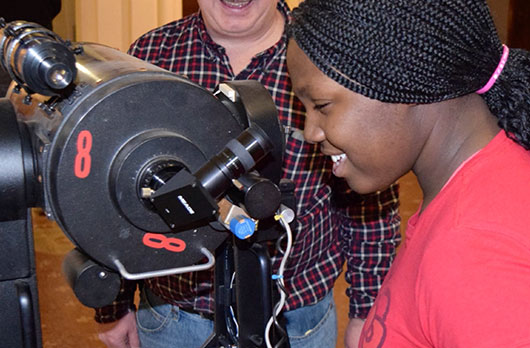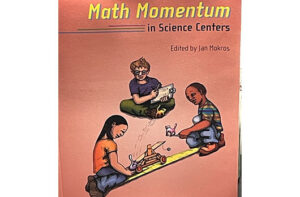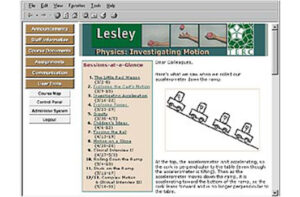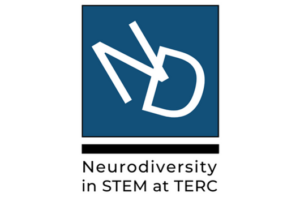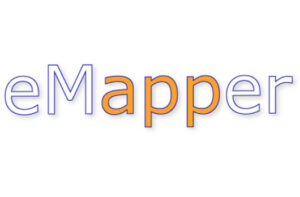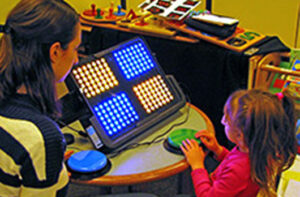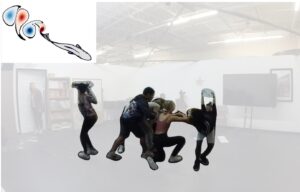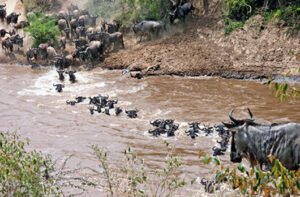Supporting Students with Blindness and Visual Impairments to Learn Computational Thinking Through Astronomy
Eric D. Hochberg, James K. L. Hammerman, and Santiago Gasca
Hochberg, E. D., Hammerman, J. K. L., & Gasca, S. (2024). Supporting students with blindness and visual impairments to learn computational thinking through astronomy. Journal of Blindness Innovation & Research, 14(1). DOI: https://doi.org/10.5241/14-254
Abstract
Astronomy is often thought of as a highly visual field, but underlying its beautiful images are data that astronomers analyze using computational tools. The NSF-funded IDATA project developed astronomy and computing education materials for blind and visually impaired (BVI) and sighted middle and high school students, and then assessed the impact of these on students’ understanding of computational thinking (CT), confidence and interest in computing, and beliefs about who can engage in computing. We developed and tested an accessible CT assessment of the data and computational problem-solving practices (Weintrop et al., 2016) at the core of the project. BVI and sighted students made significant gains in computational thinking, with slightly higher gains for BVI students. All students had similar declines in their computing interest and confidence. Finally, both BVI and sighted students had slight, but not significant increases in their equity beliefs about visually impaired people engaging in computing.
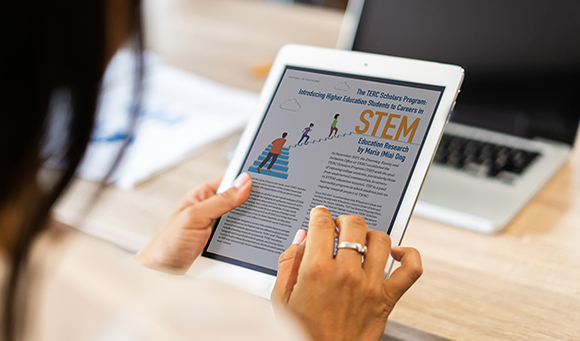
Related People:
Eric Hochberg, Jim Hammerman, and Santiago Gasca

